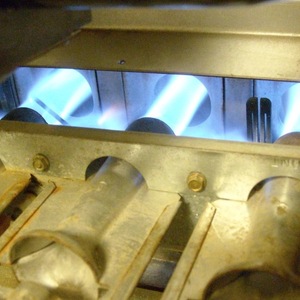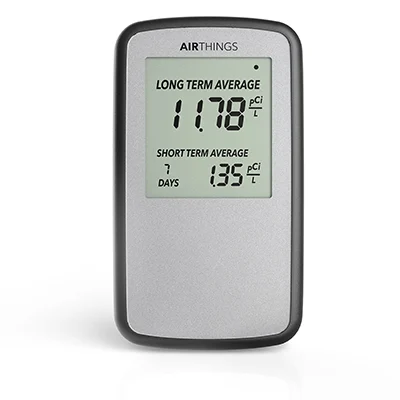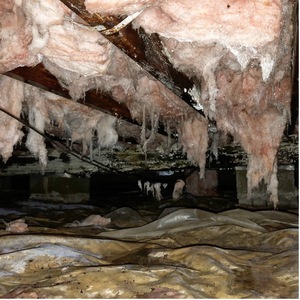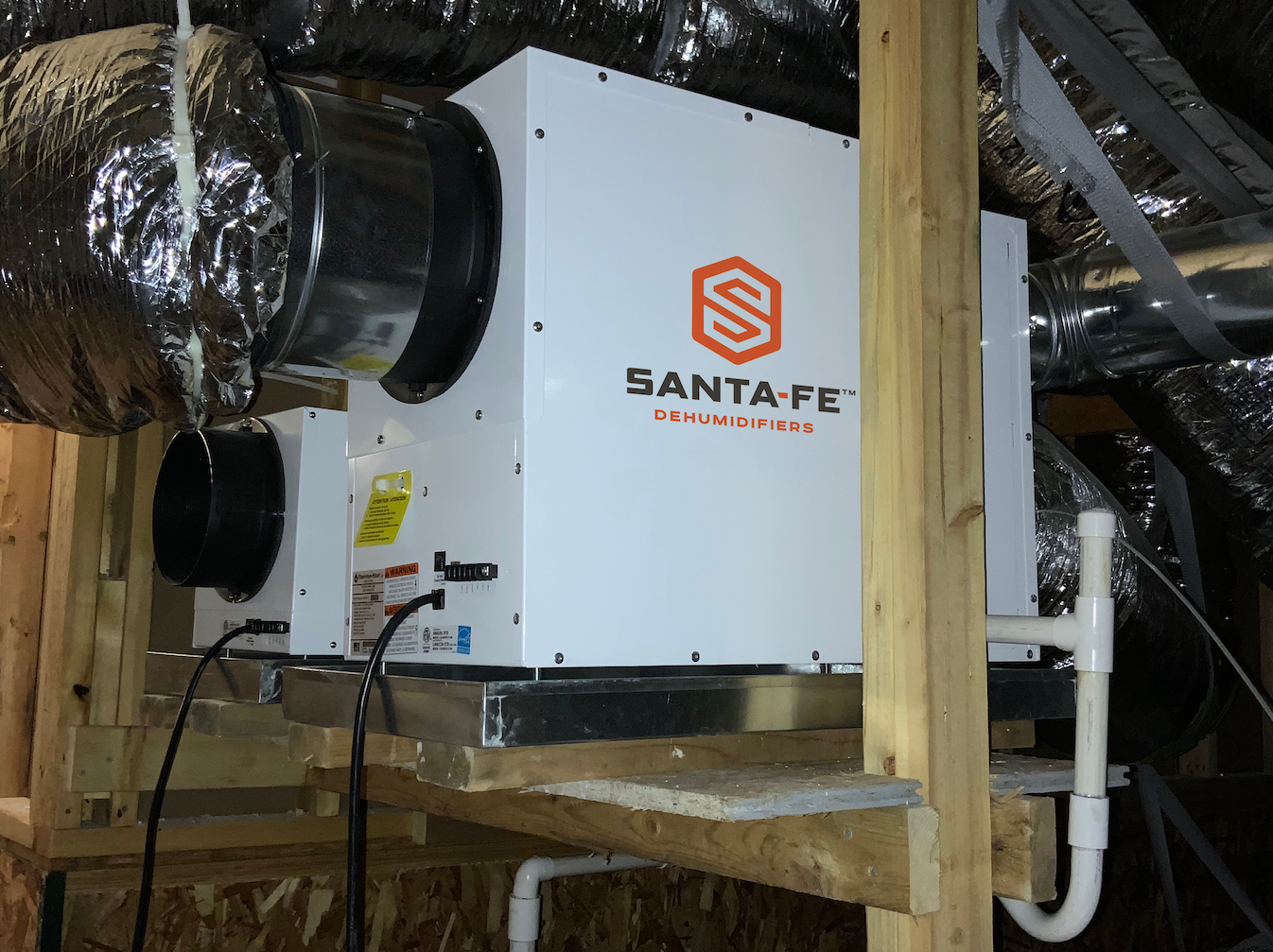
EDITOR’S NOTE: This post is part of a series in GBA’s new Expert Exchange program. We will address a quarterly set of topics, the second of which is “All About Indoor Air Quality.” The series will culminate with a webinar panel discussion among contributing experts.
Ductless heat pumps are increasingly used as whole-house heating and cooling solutions. In high-performance homes, one or two ductless heads can often heat and cool the entire structure. In older homes without existing ductwork—for example, homes with cast-iron radiators—ductless retrofits may provide the most cost-effective way to eliminate fossil-fuel heating equipment.
But we need our HVAC systems to do more than heat and cool. We need them to bring in ventilation air from outdoors to dilute carbon dioxide and volatile organic compounds (VOCs). (As I like to say, HVAC without ventilation is just a HAC!) Systems need to mix air between rooms to even out temperature differences and prevent the buildup of carbon dioxide. They need to filter dust, allergens, and particulate matter from the air. And they need to maintain healthy humidity levels year-round, including during those shoulder seasons when we can’t reduce humidity with ventilation or air conditioning.
What ductless heat pumps can’t do
How well do ductless heat pumps perform these indoor air quality (IAQ) functions? As it turns out, in all these key areas, ductless heat pumps fall short:
Weekly Newsletter
Get building science and energy efficiency advice, plus special offers, in your inbox.
Ventilation: While some ceiling-mounted cassettes (for example, the Mitsubishi SLZ-KA series) are designed to draw in outdoor air and distribute it to the living space, most ductless heads do not allow for this option. In fact, unwanted intrusion of outdoor air into a ductless head can lead to issues with condensation and temperature control. For this reason, I recommend wall sleeves and thorough air-sealing for all…

This article is only available to GBA Prime Members
Sign up for a free trial and get instant access to this article as well as GBA’s complete library of premium articles and construction details.
Start Free TrialAlready a member? Log in














12 Comments
Seems like this would work fine in a leaky house, but how's the air getting out of the house in a well-sealed house?
This is an interesting question. Looking at the pressure charts in the blower door manual, even in a reasonably tight house (2-3 ACH50), 75CFM of supply air will only cause 2 or 3 pascals of pressurization. In practice, it will likely be less, because the flappers on bath and kitchen fans will show up pretty tight during a (depressurization) blower door test but will be leakier when the house is under positive pressure. The pressures will be roughly in line with what the house normally experiences from stack effect and wind. In an _extremely_ tight (i.e., passive house) building, the pressures may be higher--in that case some relief air or a balanced ventilation system may make sense.
That makes sense. I was not thinking of exhaust fans, which of course will let air out.
I would think that as long as you have exhaust fans with flappers, a tighter house will be less likely to have problems than a moderately leaky one. The more of that air that goes out the exhaust ports rather than through inadvertent leaks, the better--you have less chance of depositing moisture in the walls. That assumes that you have your exhaust ducts set up right so you don't have condensation in them dripping in harmful places.
This system might be fine for moderate climates and/or the shoulder seasons in very damp areas, but during very hot/cold weather, you lose the benefit of energy recovery that is provided by a balanced ERV/HRV system. So after we go to the trouble of designing out ductwork by using ductless minisplits, we now have a "solution" that includes 6" bedroom ducts, 8" ducts for the main spaces, and a substantially larger duct for the return in addition to the spaghetti network of ducts for the ERV that is used in heating/cooling weather and the relatively high cost of the minisplits themselves. Seems to me we are still missing something in this scenario.
Would you couple a dehumidifier with an ERV in your climate?
To further Peter's point, in a cold climate, if this device is the source of fresh air, and that air is very cold, is there a problem with condensation on the cold ductwork? I would think that even at 50% RH, if you have ducts with below freezing air in them running through the house, that might be an issue. It seems like an HRV would still be in order? I would think an ERV would not be necessary, as the dehumidifier already does a better job of removing unwanted moisture, and adding moisture to the air coming in to a tight house in winter seems to be less of a problem from what I have heard/read/experienced. Is this the recommended configuration? If so, does the HRV go before or after the dehumidifier? Does it matter?
The duct bringing outdoor air into the dehumidifier absolutely needs to be insulated to prevent condensation. Downstream of the unit, the outdoor air has been mixed and tempered with indoor air. In a typical installation, it might be 60 cfm of outdoor air and 150 cfm of indoor air. If it's really cold outside, this ventilation will likely keep the indoor humidity well under 50%, even in a tight house. In my experience (CZ 5 & 6), condensation downstream of the unit isn't a problem. The latest IECC requires ERVs/HRVs in the coldest climate zones (7 & 8). In warmer zones, I think ventilating dehumidifiers are a pretty good "all-in-one" solution.
Thanks for the clarification, I didn't catch that there was an indoor air return on the unit that would pull in conditioned air to mix with the fresh. Makes sense now. I suppose that there would be a little bit of "extra" (when compared to an HRV) energy needed to condition that new fresh air, but it might be worth it to more efficiently remove the humidity.
How does the Santa Fe Ultra98 compare to the Minotair Pentacare V12? Are there other products in this category? Thanks.
One issue that is often overlooked with dehumidifiers is the heat the generate. Air exiting the unit can be significantly higher than room temperature requiring recoolpng to offset the heat gain.
That's a good point - I assume that's why Nikki's comments were to locate supply as near to the mini-split head as possible to aid in the mixing and re-tempering of air? It seems like one can take a lot of care to add these beneficial systems but it's exhaustive to keep up with all the thoughts. That is what I love about coming to GBA!
Log in or become a member to post a comment.
Sign up Log in